Pressure washing a car can be good or bad, depending on the circumstances and how it is done.
On the one hand, pressure washing can be an effective way to remove dirt, grime, and other debris from the surface of the car. This can save time and effort compared to washing the car by hand, and can help to maintain the car’s appearance and prevent damage to the paint.
However, there are also some potential downsides to pressure washing a car. If the pressure is too high or the nozzle is held too close to the car’s surface, it can damage the paint or even strip off the wax or clear coat. Additionally, if water is forced into cracks or crevices, it can cause rust or other damage to the car’s components.
Therefore, if you choose to pressure wash your car, it’s important to use a machine with adjustable pressure settings, hold the nozzle at a safe distance from the car’s surface, and avoid directing the water into any areas where it could cause damage. It’s also a good idea to use a cleaning solution specifically designed for cars, and to thoroughly rinse the car with a hose after pressure washing to remove any remaining soap or debris.
What is the ideal Pressure Washing for Cars?
The ideal pressure for washing a car with a pressure washer is typically between 1200 and 1900 PSI (pounds per square inch). This range is strong enough to remove dirt, grime, and other debris from the car’s surface, while still being gentle enough to avoid damaging the paint or stripping off any protective coatings.
It’s important to note that the ideal pressure for washing a car can vary depending on factors such as the condition of the paint, the type of dirt or debris that needs to be removed, and the type of pressure washer being used. For example, a gas-powered pressure washer may have a higher PSI than an electric pressure washer, so it’s important to adjust the pressure accordingly.
In addition to the pressure, the nozzle used on the pressure washer can also affect the pressure and spray pattern. A wider fan nozzle can help to distribute the pressure and avoid damaging the car’s paint. It’s also a good idea to keep the nozzle at least 6 to 12 inches away from the car’s surface to avoid causing any damage.
How to do Pressure Washing Cars?
As mentioned above a good example of pressure washing a car would be using a pressure washer with an adjustable nozzle and the appropriate PSI setting, along with a cleaning solution specifically designed for cars.
Here are the general steps for pressure washing a car:
- Choose a pressure washer with an adjustable pressure setting, typically between 1200-1900 PSI.
- Attach a fan nozzle to the pressure washer for a wider spray pattern.
- Rinse the car with water to remove loose dirt and debris.
- Apply a cleaning solution specifically designed for cars to the car’s surface.
- Allow the cleaning solution to sit for a few minutes to loosen dirt and grime.
- Adjust the pressure washer to the appropriate PSI setting and begin washing the car from the top down, using a side-to-side motion to avoid creating swirl marks in the paint.
- Pay extra attention to areas with heavy dirt or grime buildup, such as the wheels, tires, and undercarriage.
- Rinse the car thoroughly with water to remove any remaining soap or debris.
- Dry the car with a microfiber towel or chamois to avoid water spots.
It’s important to note that while pressure washing can be an effective way to clean a car, it’s also possible to cause damage if the pressure is too high or the nozzle is held too close to the car’s surface. Always follow the manufacturer’s instructions for the pressure washer and use caution to avoid causing any damage to the car’s paint or components.
What are the best Example of Equipment to Pressure Wash a Car?
There are several types of equipment that can be used to pressure wash a car. Here are some examples of the best equipment for pressure washing a car:
- Electric pressure washer: Electric pressure washers are a popular choice for washing cars because they are generally less expensive than gas-powered models, and they tend to be quieter and more portable. They are typically lighter and easier to maneuver, and they can still produce enough pressure to effectively clean a car.
- Gas-powered pressure washer: Gas-powered pressure washers are typically more powerful than electric models, which can be useful for removing heavy dirt and grime. They can also be more durable and have a longer lifespan than electric models. However, gas-powered pressure washers are typically louder and heavier than electric models, and they require more maintenance.
- Foam cannon: A foam cannon is an attachment that can be used with a pressure washer to apply a layer of foam to the car’s surface. The foam helps to loosen dirt and grime, making it easier to remove. Foam cannons can be used with a variety of cleaning solutions, and they can help to reduce the risk of causing damage to the car’s paint or clear coat.
- Adjustable pressure nozzle: An adjustable pressure nozzle allows you to adjust the pressure of the water coming out of the pressure washer. This can be useful for reducing the pressure when washing more delicate areas of the car, such as the windows or mirrors. An adjustable nozzle can also help to reduce the risk of causing damage to the car’s paint or clear coat.
- Microfiber towels or chamois: Microfiber towels or chamois are a good choice for drying the car after washing. They are gentle on the car’s surface and are less likely to scratch or damage the paint than a regular towel or sponge.
When choosing equipment to pressure wash your car, it’s important to consider factors such as the type of cleaning you’ll be doing, your budget, and your level of experience. Always follow the manufacturer’s instructions for the pressure washer and any attachments, and use caution to avoid causing any damage to the car’s paint or components.
Examples of Electric Pressure Washer
There are several good examples of electric pressure washers that are popular among consumers. Here are some of them:
- Sun Joe SPX3000 – This model is a best seller on Amazon and features a powerful 14.5-Amp/1800-Watt motor that can generate up to 2030 PSI of water pressure.

- Greenworks GPW1501 – This model is lightweight and compact, making it easy to store and transport. It has a 13-Amp motor that can generate up to 1500 PSI of water pressure.

- Karcher K5 Premium – This model is a bit more expensive than some of the others on this list, but it has a powerful 2000 PSI motor and comes with several convenient features, such as an onboard detergent tank and adjustable spray nozzle.

- Ryobi RY141900 – This model is a great option for those on a budget. It has a 13-Amp motor that can generate up to 1900 PSI of water pressure and comes with three quick-connect nozzles for easy customization of the spray.
- AR Blue Clean AR383 – This model has a 13-Amp motor and can generate up to 1900 PSI of water pressure. It also comes with a 20-foot high-pressure hose and a 35-foot power cord for added convenience.
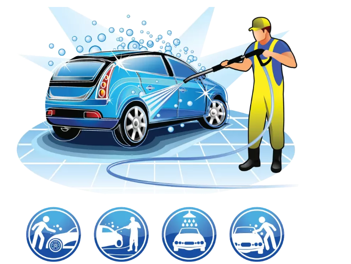
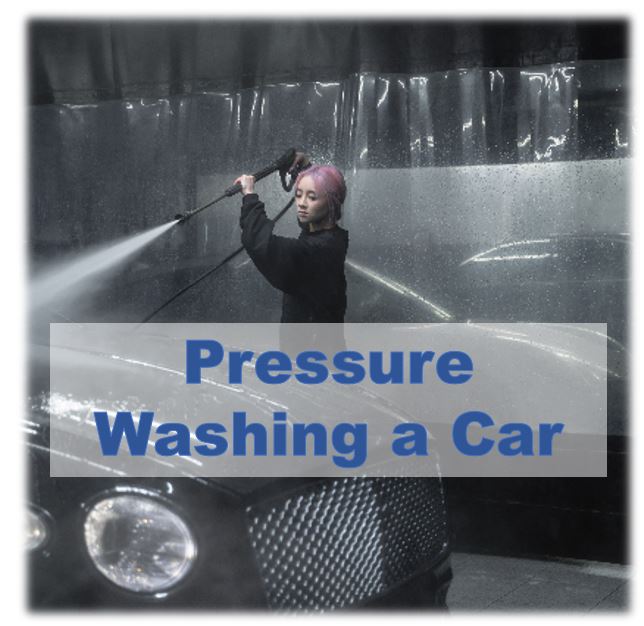

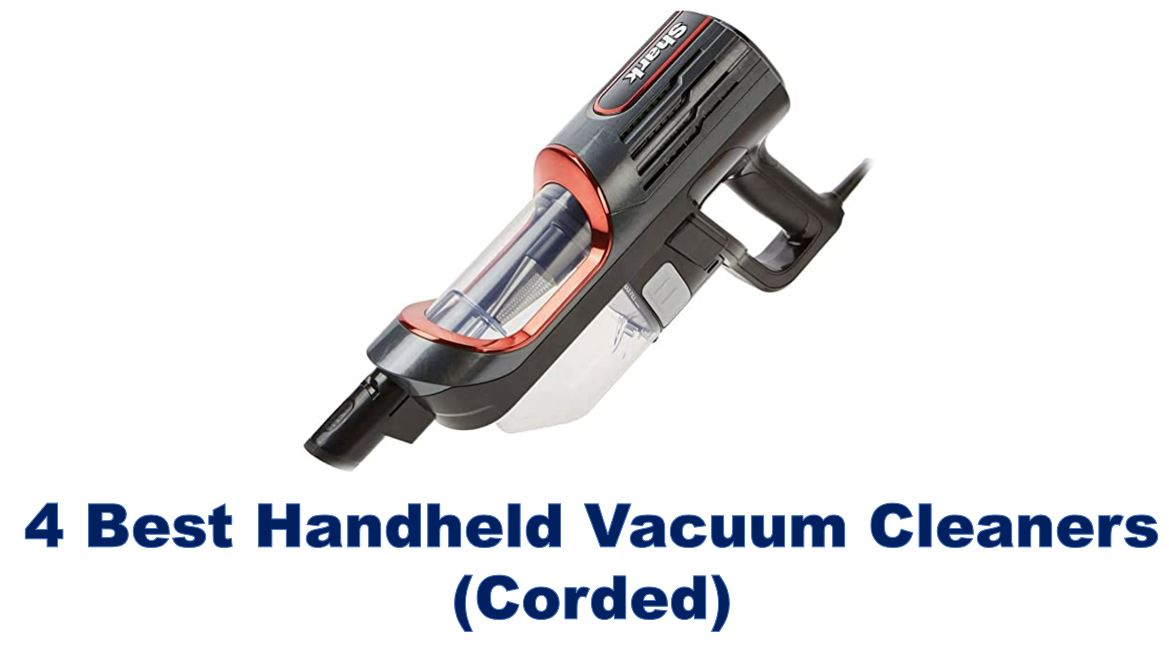
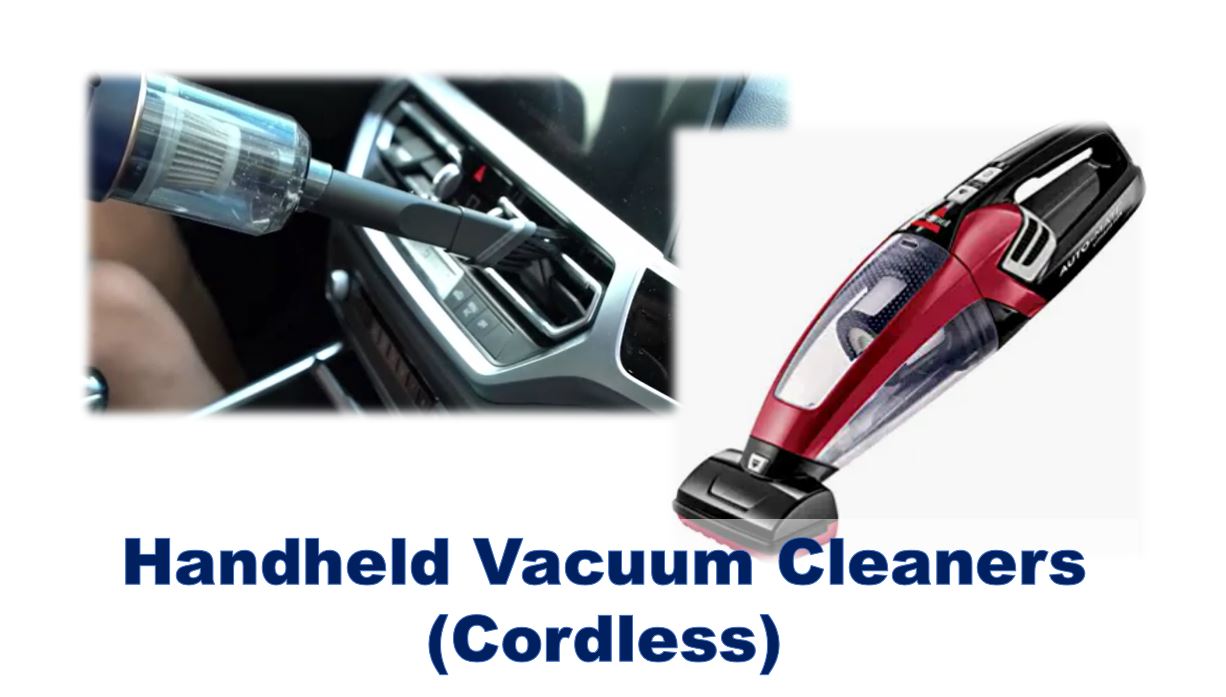
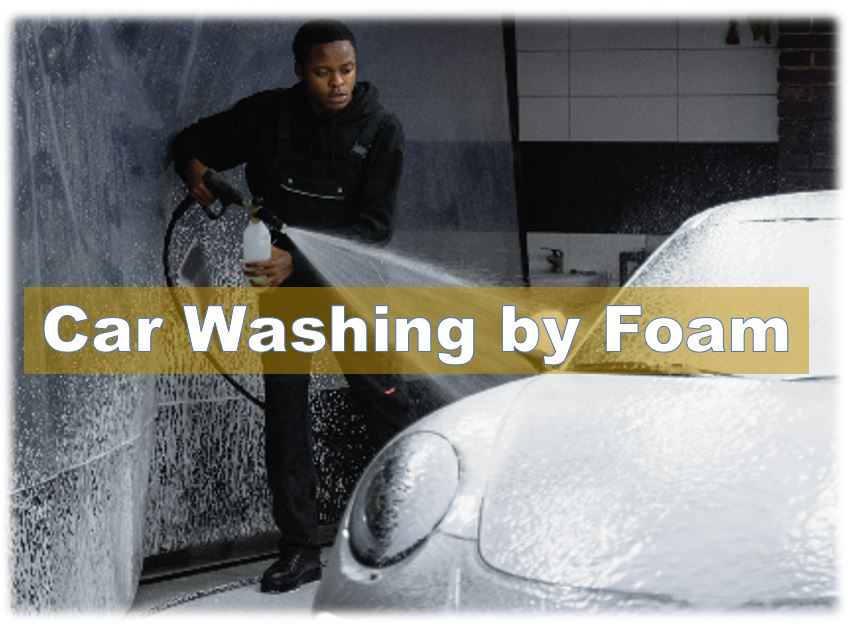
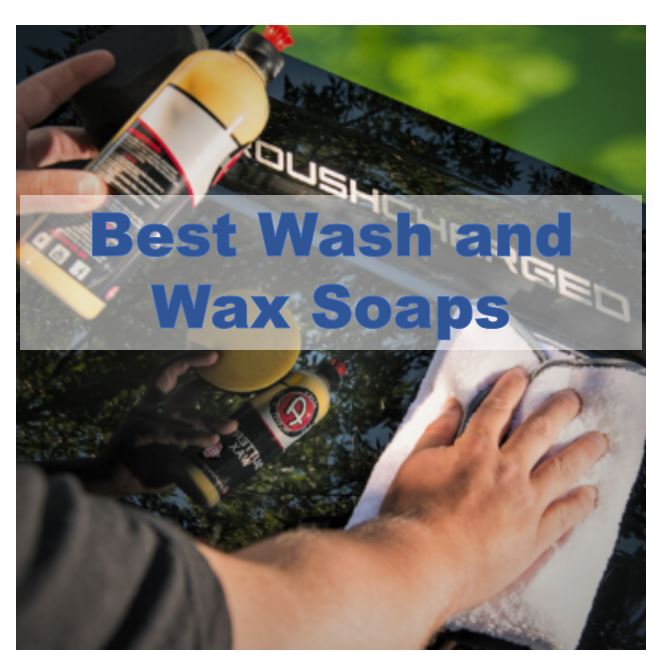
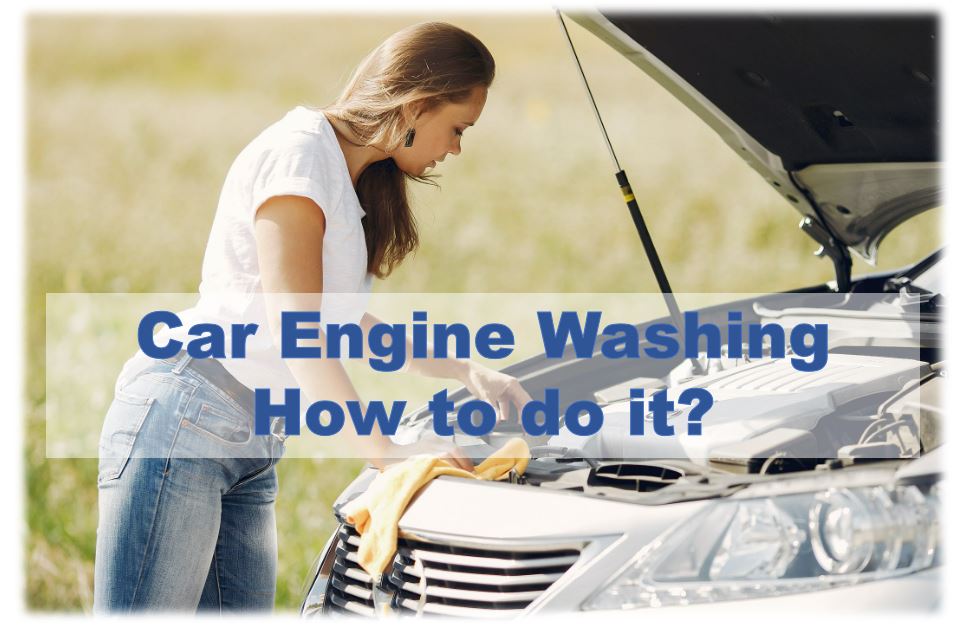
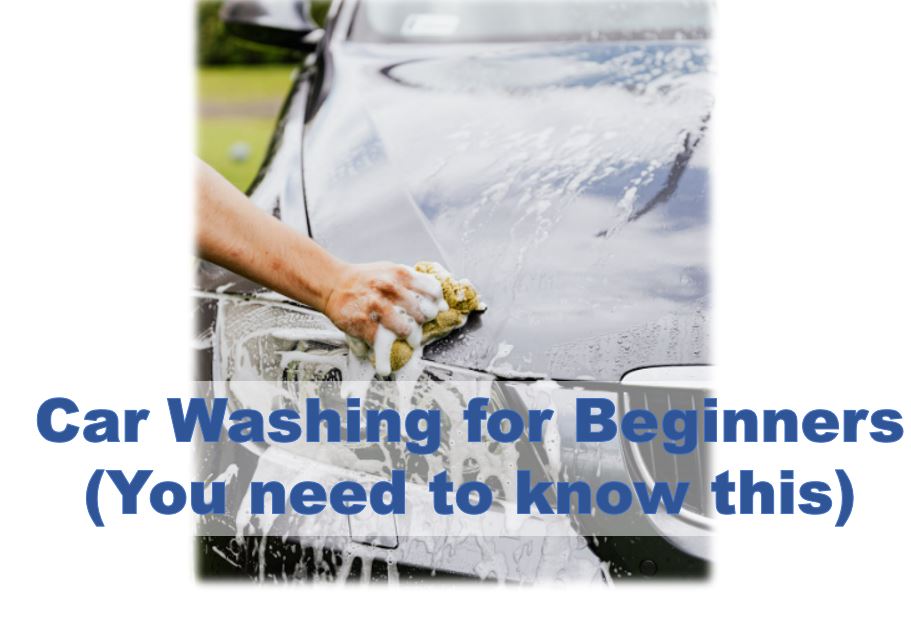
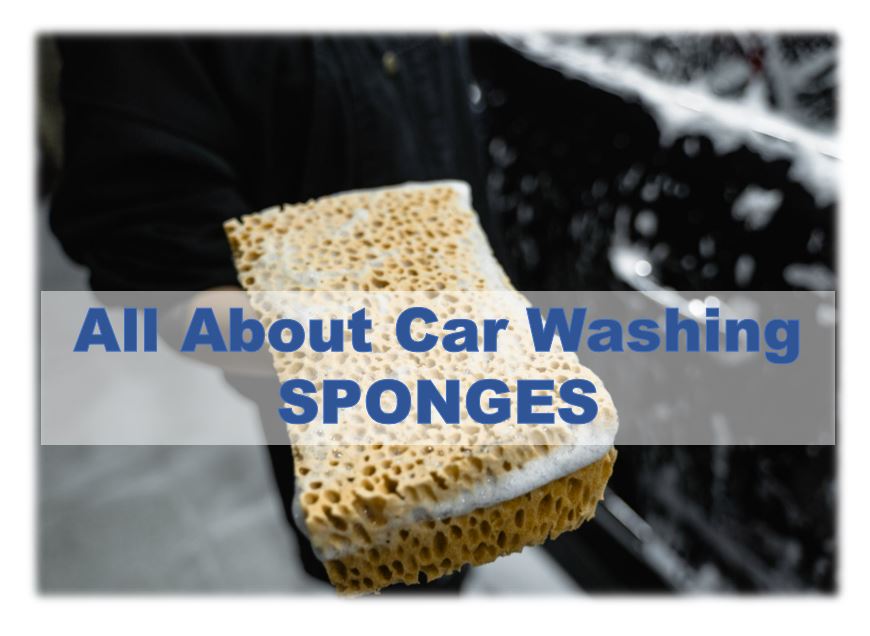
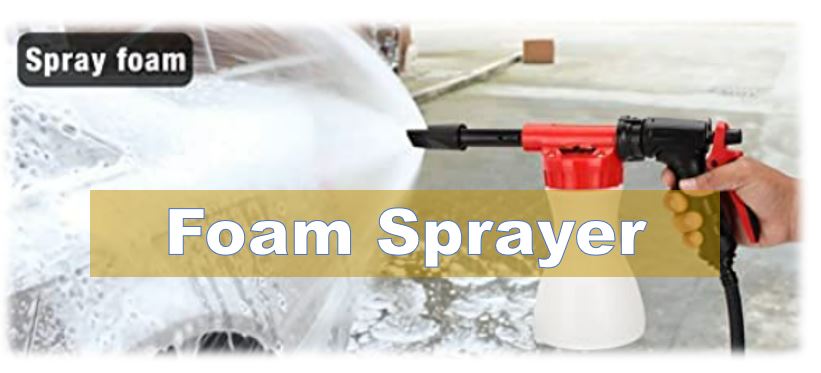
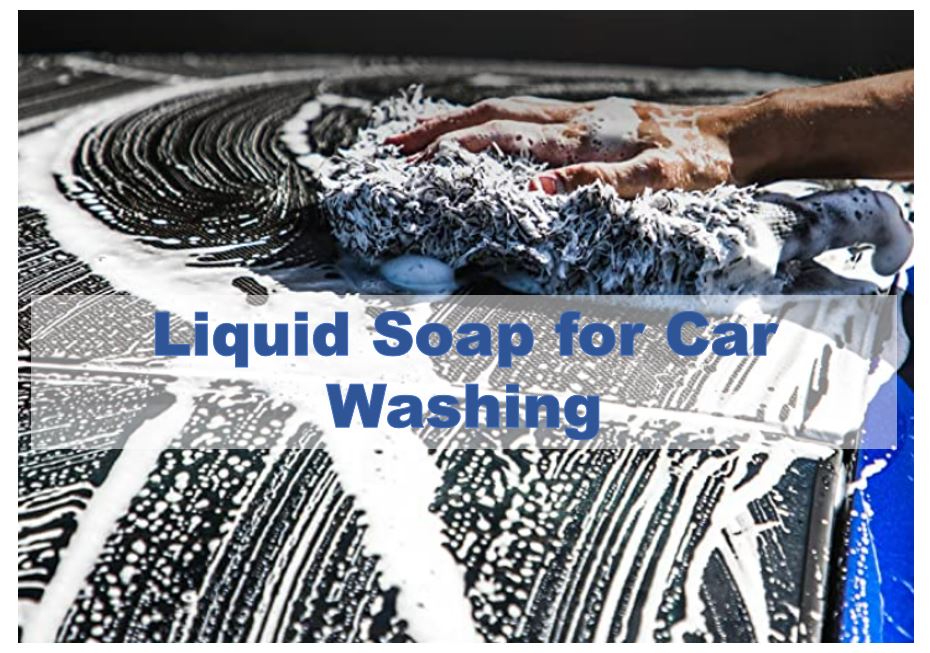
One thought on “Is Pressure Washing Cars Good or Bad? Things you need to know”